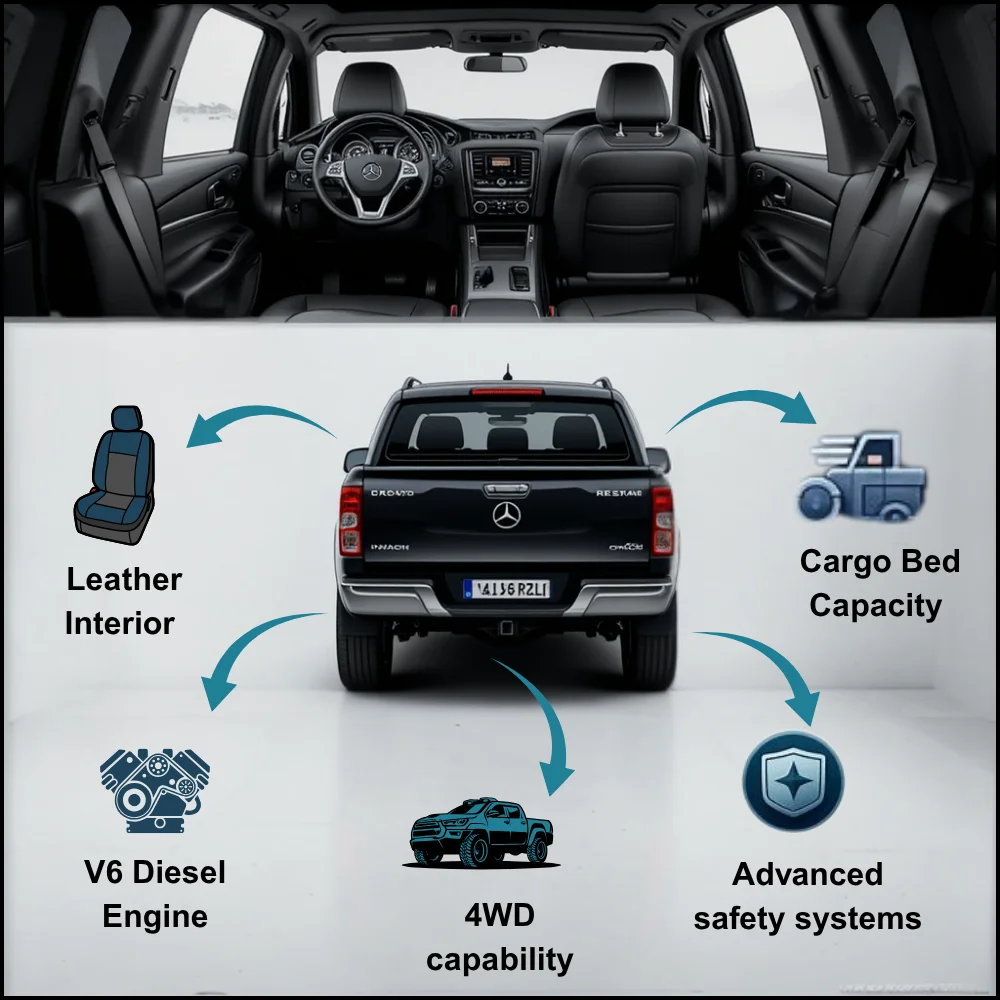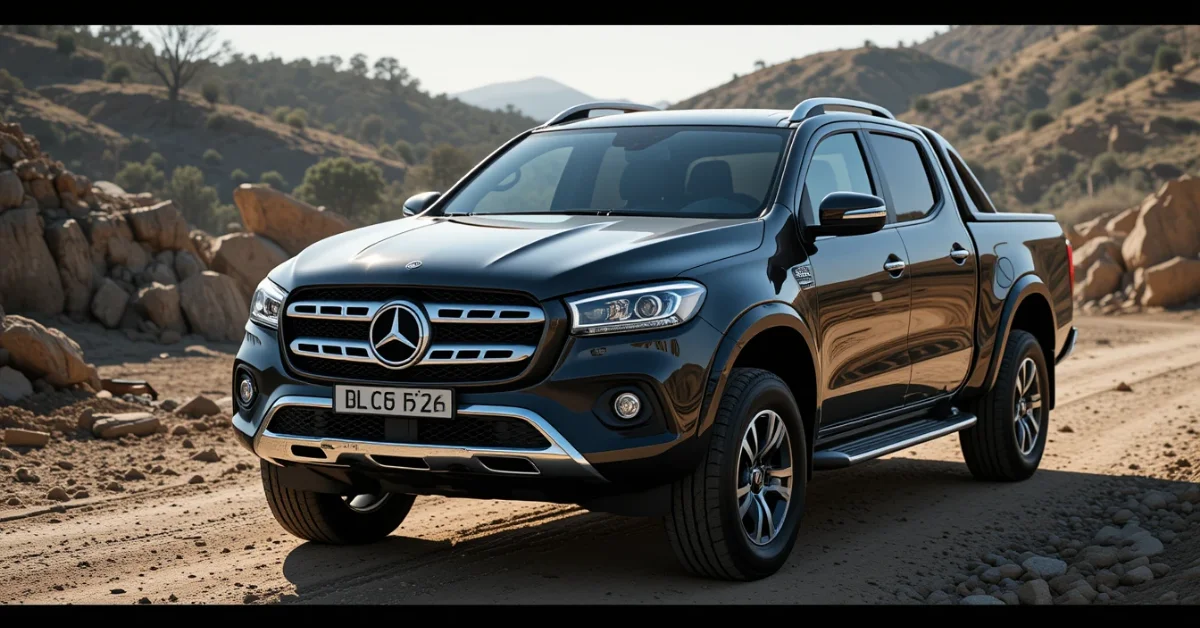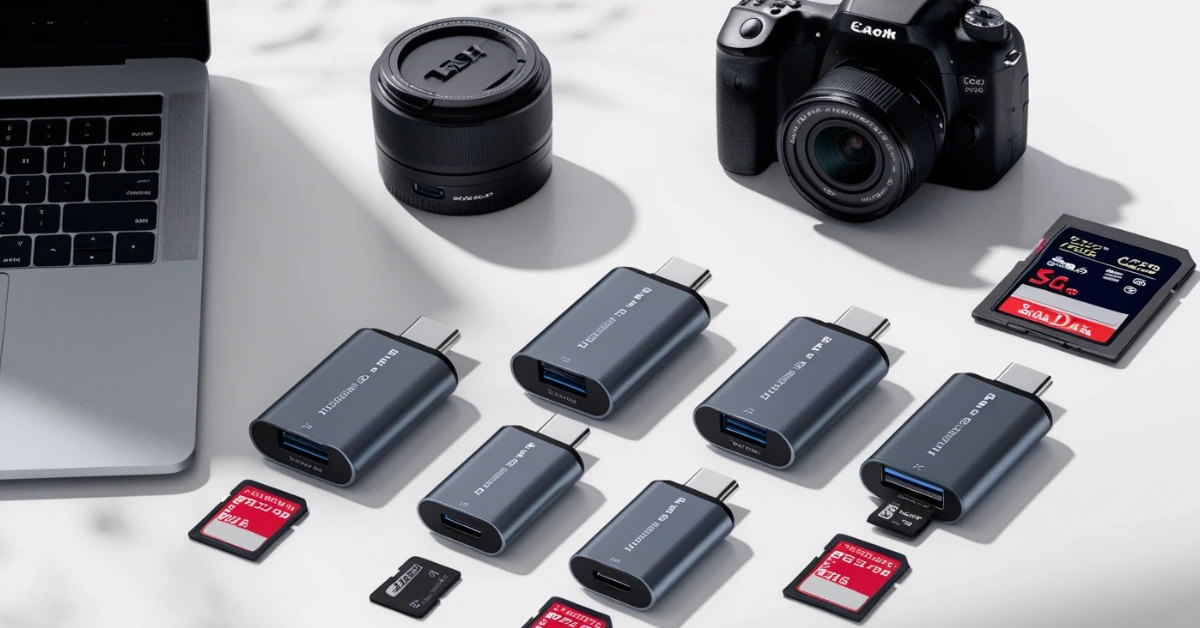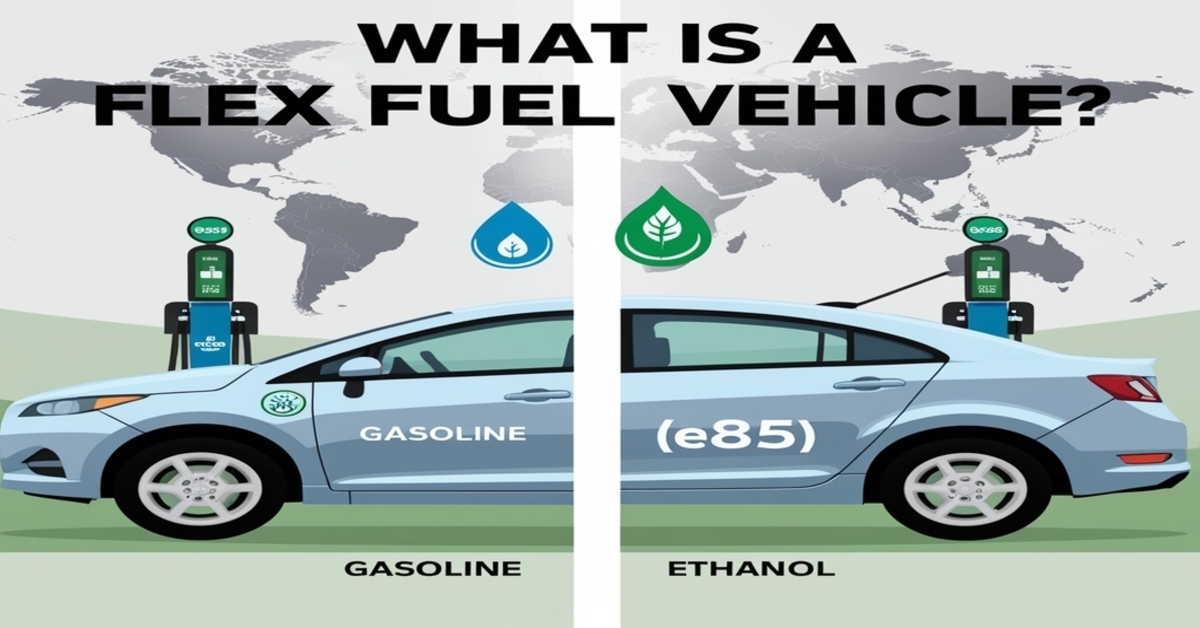Mercedes-Benz is known for its luxury cars, not rugged trucks. So, why did it step into the pickup market? The answer lies in changing customer needs and a growing global demand for stylish utility vehicles. This article explores the reasons behind the bold move.
Understanding the Market Opportunity
The pickup truck market is massive, especially in countries like the United States, Australia, South Africa, and parts of Europe. These vehicles are not just for work anymore. Many people use them for family transport, long road trips, and off-road adventures.
Over the years, pickup trucks have evolved. They’re no longer just tools for farmers and builders. Many models now offer:
- Spacious interiors
- Advanced safety features
- Modern infotainment systems
- Smooth driving experience
This shift gave Mercedes-Benz a unique chance to combine its luxury DNA with the rugged power of a utility vehicle.
The Launch of the Mercedes-Benz X-Class

In 2017, Mercedes-Benz officially launched the X-Class, its first pickup truck. It was marketed as the “first premium pickup” in the world. The goal was to attract customers who needed a tough, durable truck but also wanted the comfort and style of a luxury vehicle.
Some key features of the X-Class included:
- Leather interior and high-quality finishes
- Advanced driver assistance systems
- Multiple engine options, including a powerful V6 diesel
- Four-wheel drive for off-road capability
- A strong cargo bed for carrying heavy loads
The X-Class was not designed from scratch. Mercedes-Benz developed the vehicle in collaboration with Nissan, using the Nissan Navara platform as its engineering foundation. However, Mercedes redesigned many parts of the vehicle to give it the brand’s look and feel.
Why Did Mercedes-Benz Build a Pickup?
Here are the main reasons the company entered the pickup market:
1. Expanding Product Range
Mercedes-Benz wanted to attract new types of customers especially those who loved trucks but never considered a luxury brand before. The idea was to fill a gap between utility and luxury.
2. Growing Global Demand for Pickups
Pickup trucks enjoy high popularity in several regions, particularly across Latin America, Australia, and South Africa. By offering a premium option, Mercedes hoped to tap into a market that had plenty of demand but few high-end choices.
3. Brand Positioning
The X-Class allowed Mercedes-Benz to redefine what a pickup truck could be. It showed that tough, reliable vehicles could also be refined and comfortable. This move helped strengthen the brand’s image as innovative and adaptable.
4. Competing with Rivals
Other premium carmakers like Volkswagen (Amarok) and even Toyota (Hilux) had strong positions in the pickup market. Mercedes aimed to stay competitive by securing a place in the rapidly expanding pickup truck segment. Entering this space was also a way to diversify beyond their usual passenger car lineup.
5. Platform Sharing and Cost Control
By collaborating with Nissan, Mercedes-Benz could reduce development costs and bring the vehicle to market faster. This was a strategic way to test the market without building a brand-new platform from the ground up.
How the Market Reacted?
At first, the response was positive. The idea of a luxury pickup was exciting, and the X-Class got attention for its design and comfort. However, things didn’t go exactly as planned.
Some challenges included:
- Price concerns: The X-Class was more expensive than competitors, even though it shared parts with the Nissan Navara.
- Brand perception: Truck buyers in some markets didn’t see Mercedes-Benz as a “true” truck maker.
- Limited U.S. presence: Mercedes didn’t launch the X-Class in the U.S., the biggest pickup truck market, due to high manufacturing costs and tough competition.
End of the X-Class
Despite its strong concept, Mercedes-Benz stopped production of the X-Class in 2020, just three years after its launch. The company cited weak demand and cost concerns as the main reasons.
But that doesn’t mean the project was a failure. In several respects, it served as a valuable learning opportunity. Mercedes showed it could think outside the box and take bold steps to test new markets.
What Mercedes-Benz Learned?
The X-Class may not have become a huge commercial success, but it offered Mercedes-Benz important lessons:
- Customers care about authenticity. Truck buyers want proven performance and brand trust in the segment.
- Luxury alone isn’t enough in a utility-focused market. Price, durability, and real-world usage matter just as much.
- Platform sharing has limits, especially when the base vehicle is already familiar to customers.
Still, Mercedes-Benz proved it’s willing to innovate and take risks, which is valuable in today’s fast-changing auto industry.
Could Mercedes-Benz Try Again?
It’s possible that in the future, with new technologies like electric drivetrains and modular platforms, Mercedes-Benz might re-enter the pickup truck market. An electric luxury pickup could appeal to both tech-savvy and eco-conscious customers while avoiding some of the challenges the X-Class faced.
In fact, as electric trucks from Tesla, Rivian, and Ford gain attention, there may be room for a premium electric pickup from Mercedes that combines:
- Zero emissions
- Advanced digital systems
- Smooth performance
- Luxurious design
Final Thoughts
The X-Class was a bold attempt to mix luxury with utility. While it didn’t last, it showed Mercedes-Benz is willing to explore new ground. The future might hold another pickup possibly electric. Innovation often begins with experiments like this.
Related Topic: How the BYD U8 is Redefining Luxury SUVs?



